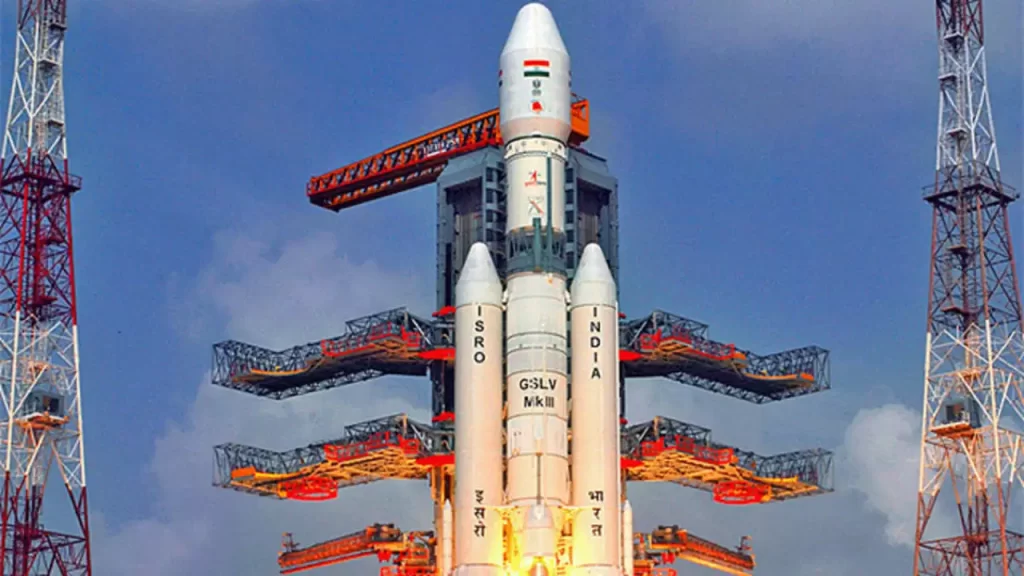A supercomputer is a computer with a high level of performance as compared to a general-purpose computer.
- Since November 2017, all of the world’s fastest 500 supercomputers run Linux-based operating systems.
- In 1960 UNIVAC built the Livermore Atomic Research Computer (LARC), today considered among the first supercomputers, for the US Navy Research and Development Centre.
- The CDC 6600, designed by Seymour Cray, was finished in 1964 and marked the transition from germanium to silicon transistors.
- Silicon transistors could run faster and the overheating problem was solved by introducing refrigeration to the supercomputer design.
Energy Requirements of supercomputers
- A typical supercomputer consumes large amounts of electrical power, almost all of which is converted into heat, requiring cooling. For example, Tianhe-1A consumes 4.04 megawatts (MW) of electricity. The cost to power and cool the system can be significant, e.g. 4 MW at $0.10/kWh is $400 an hour or about $3.5 million per year.
- The energy efficiency of computer systems is generally measured in terms of FLOPS per watt.
Speed of Supercomputer
- In general, the speed of supercomputers is measured and benchmarked in FLOPS (“floating-point operations per second”), and not in terms of MIPS (“million instructions per second), as is the case with general-purpose computers.
- These measurements are commonly used with an SI prefix such as :
- tera-, combined into the shorthand “TFLOPS” (1012 FLOPS, pronounced teraflops),
- peta-, combined into the shorthand “PFLOPS” (1015 FLOPS, pronounced petaflops.)
- “Petascale” supercomputers can process one quadrillion (1015) (1000 trillion) FLOPS.
- Exascale is computing performance in the exaFLOPS (EFLOPS) range.
- An EFLOPS is one quintillion (1018) FLOPS (one million TFLOPS).
- Since 1993, the fastest supercomputers have been ranked on the TOP500 list according to their LINPACK benchmark results.
Top 5 fastest supercomputers published by TOP500
- These Rankings were announced on june 22 at the ongoing virtual event ISC (International Supercomputing Conference) High Performance 2020 Digital.
- Fugaku (Japan)
- SUMMIT(USA)
- SIERRA USA
- Sunway TaihuLight (China)
- Tianhe-2 (China)
India’s Fastest Supercomputers
- According to November 2020 rankings : PARAM-Siddhi AI – 63rd; Pratush : 78th; Mihir : 146th.
- According to June 2020 rankings: Pratyush: 67th; Mihir: 120th
- According to 2019 rankings:- Pratyush: 57th ; Mihir: 100th
National Supercomputing Mission
- The National Supercomputing Mission was announced in 2015.
- To connect national academic and R&D institutions with a grid of more than 73 high-performance computing facilities at an estimated cost of ₹4,500 crores over the period of seven years (i.e. by 2022).
- It supports the government’s vision of ‘Digital India’ and ‘Make in India’ initiatives.
- The mission is being implemented by the Department of Science and Technology (Ministry of Science and Technology) and Ministry of Electronics and Information Technology (MeitY), through the Centre for Development of Advanced Computing (C-DAC), Pune and Indian Institute of Science (IISc), Bengaluru.
- It is also an effort to improve the number of supercomputers owned by India.
- These supercomputers will also be networked on the National Supercomputing grid over the National Knowledge Network (NKN). The NKN connects academic institutions and R&D labs over a high-speed network.
- A National Knowledge Network (NKN), a grid, will connect 70 supercomputers across 75 research institutions with over a thousand researchers using this facility.
- Under NSM, the long-term plan is to build a strong base of 20,000 skilled persons over the next five years who will be equipped to handle the complexities of supercomputers.
Progress of NSM:
- NSM’s first supercomputer named Param Shivay has been installed in IIT-BHU, Varanasi, in 2019. It has 837 TeraFlop High-Performance Computing (HPC) capacity.
- The second supercomputer Param Shakti with a capacity of 1.66 PetaFlop has been installed at IIT-Kharagpur.
- The third system, Param Brahma, has been installed at IISER-Pune, which has a capacity of 797 TeraFlop.

In the first phase, PARAM Shivay, PARAM Shakti, PARAM Brahma, PARAM Yukti and PARAM Sanganak were deployed at IIT (BHU), IIT Kharagpur, Indian Institute of Science Education and Research, Pune, and Jawaharlal Nehru Centre for Advanced Research.
Computational infrastructure is being installed at nine premier institutions and with the completion of phase II in September 2021, the country’s computing power will be 16 Petaflops.
In the third phase of the NSM, the aim will be to build fully indigenous supercomputers. The government has also approved a project to develop a cryogenic cooling system, which rapidly dissipates the heat generated by a computing chip. This will be built together by IIT-Bombay and C-DAC.
History of Supercomputers in India
- India had faced difficulties in the 1980s when trying to purchase supercomputers for academic and weather forecasting purposes.
- In 1987 the Indian Government had requested to purchase a Cray X-MP supercomputer; this request was denied by the United States government as the machine could have a dual use in weapons development.
- The Government of India decided to start an indigenous supercomputer development programme in 1987.
- Centre for Development of Advanced Computing (C-DAC): created PARAM series
- PARAM 8000 in 1991; PARAM 9000 in 1997/1998
- Centre for Development of Telematics (C-DOT):- created CHIPPS
- National Aerospace Laboratories (NAL): created Flosolver
- Bhabha Atomic Research Centre (BARC): created ANUPAM series
- Advanced Numerical Research and Analysis Group (ANURAG): created PACE series








